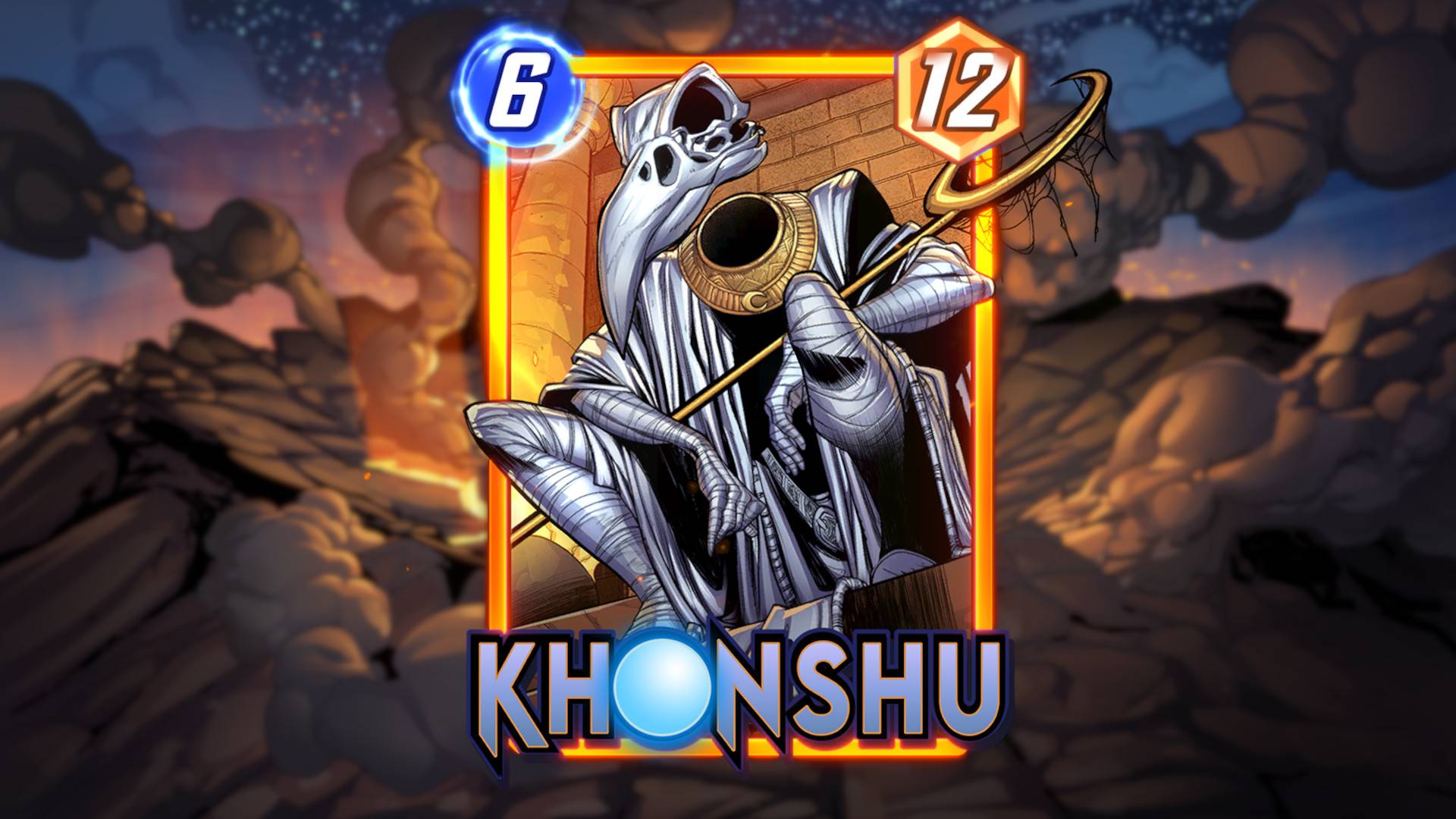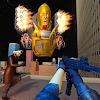The horror gaming landscape is constantly evolving, pushing developers to innovate in creating tension and fear. Familiar mechanics quickly become predictable, making narrative and design crucial for a truly impactful experience. While groundbreaking horror games are rare, a specific subgenre, which we'll call "meta-horror," stands out.
Meta-horror games break the fourth wall, directly interacting with the player, not just the in-game world and characters. This interaction elevates the gaming experience to a new level. If you've played (or watched playthroughs of) the games discussed below, you'll understand the unique sense of intrigue and surprise they offer.
One early example of fourth-wall breaking is Psycho Mantis from Metal Gear Solid. His ability to access the player's memory card and comment on their saved games was revolutionary in 1998. This technique, while replicated in later games like Deadpool, Detroit: Become Human, and Nier Automata, often lacks the depth and impact of its original implementation. Simple player address isn't enough; true meta-horror requires a deeper level of interaction.
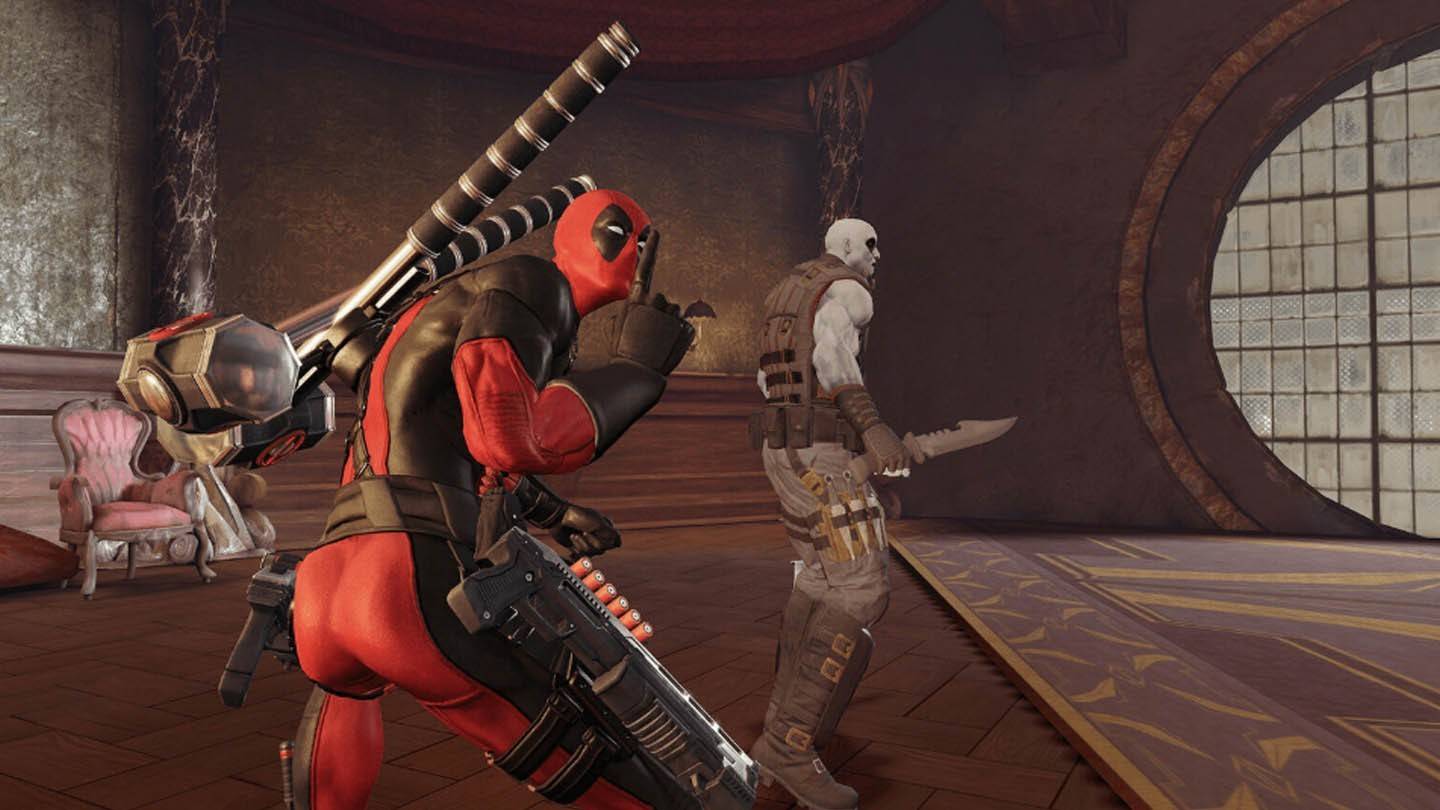
Recent games like Miside have been labeled as having "elements of meta-horror," but often fall short, limiting interaction to a "game within a game" structure. This warrants further discussion in a future analysis.
Let's delve into some notable examples of meta-horror:
Doki Doki Literature Club!
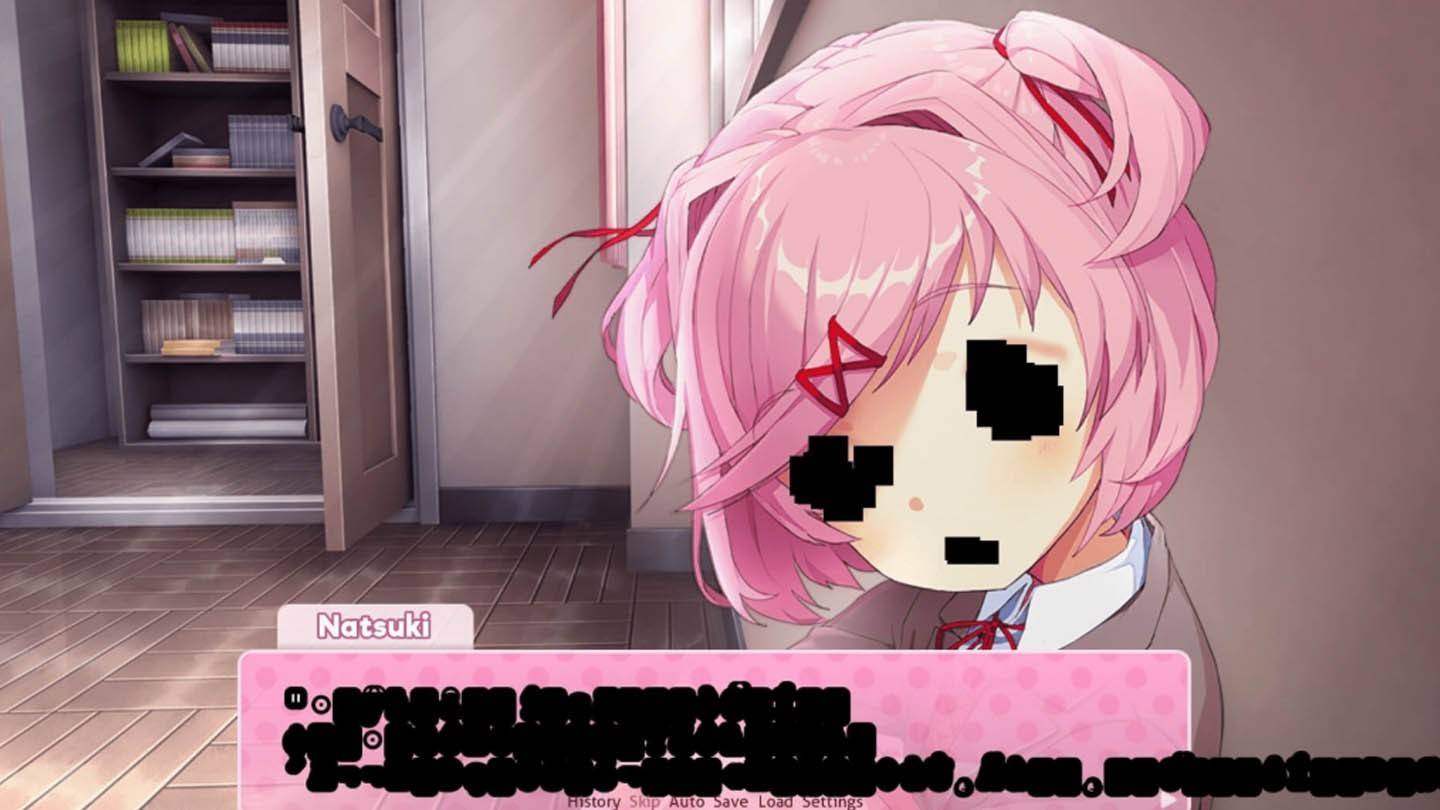
Initially appearing as a charming dating sim, this 2017 visual novel takes a dark and unsettling turn. Its meta-horror elements extend beyond simple address; the game interacts with your operating system, creating files and impacting your files directly. This innovative approach, while not entirely unprecedented, helped popularize this style of meta-horror. The game's lasting impact is evident in the continued anticipation for the developer's next project.
OneShot

Moving beyond visual novels, OneShot, an RPG Maker adventure, takes meta-horror further. While not explicitly marketed as horror, it features unsettling moments and a unique interactive element. The game directly addresses the player, manipulating system files and even changing its own title as part of the puzzle-solving experience. Unlike DDLC, OneShot fully integrates these interactions, creating a highly engaging and memorable experience. It's a game best experienced firsthand.
IMSCARED

IMSCARED is arguably the pinnacle of meta-horror. Its innovative approach to game design is what makes it stand out.
Some might consider these games akin to viruses due to their system interactions (creating and deleting files). However, legitimate meta-horror games are not malicious. Always be cautious of programs masquerading as games.
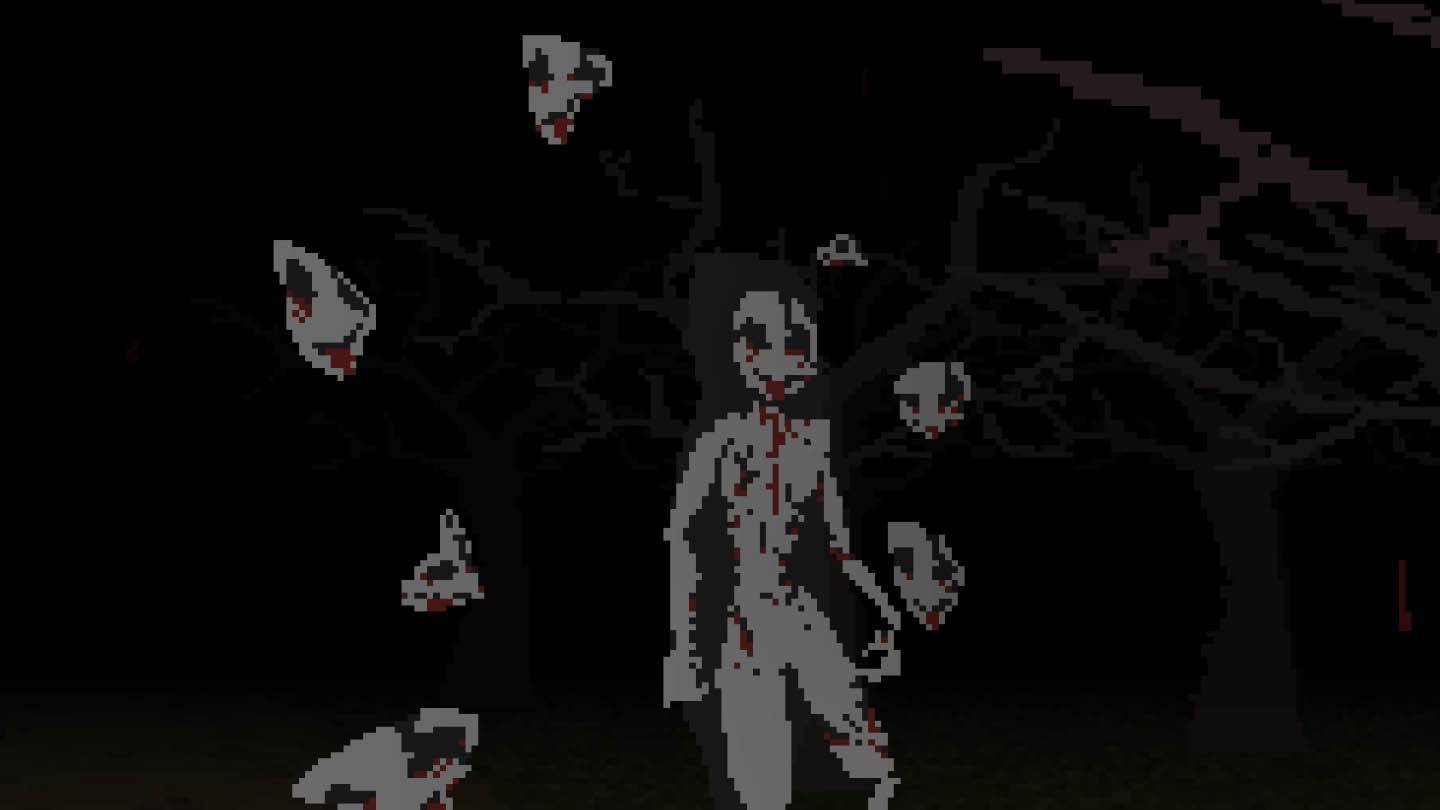
IMSCARED, released in 2012 and updated since, presents itself not as a game, but as a self-aware entity, a virus interacting with the player. This concept permeates the entire gameplay experience, manipulating the player through crashes, window minimization, cursor control, and file manipulation. The experience, while potentially frustrating, is undeniably unique and unforgettable. For me, it perfectly encapsulates the essence of meta-horror.
Conclusion
While many games utilize similar techniques, few master them as effectively as the titles mentioned. Meta-horror offers a unique and unsettling gaming experience. Whether you prefer visual novels, puzzle-solving adventures, or something more unpredictable, there's a meta-horror game out there for you. If you haven't experienced this unique subgenre, I highly recommend exploring it. Consider trying OneShot or IMSCARED, or for a different take, explore Voices of the Void.

